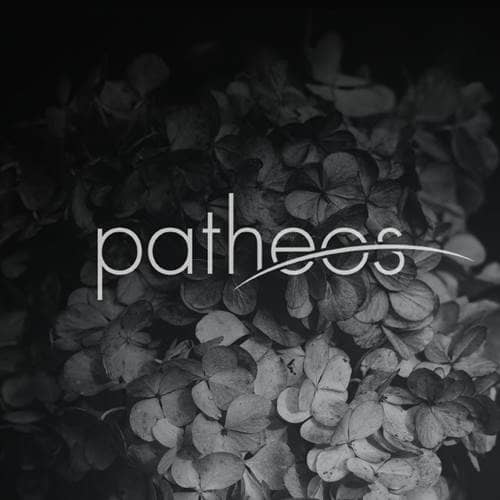- Trending:
- Pope Leo Xiv
- |
- Resurrection
- |
- Trump
- |
- Social Justice
- |
- Peace
- |
- Pope Francis

RELIGION LIBRARY
Scientology
Schisms and Sects
Scientology emerged in a rather chaotic situation with thousands of people purchasing the original text, Dianetics: The Modern Science of Mental Health, and initiating efforts to apply its teachings apart from its author or the Hubbard Dianetic Research Foundation he founded to direct the implementation of his new science. Enthusiastic readers founded a number of informal Dianetics clubs across North America. Meanwhile, Hubbard struggled to turn Dianetics into a movement, and at one point lost control of his own Foundation. He also lost some of his early supporters as Scientology succeeded Dianetics. Most of the early Dianetics groups eventually dissolved as Scientology emerged, and the goal of becoming Clear came to dominate the movement.
The first noticeable ruptures in the movement began to appear in the 1960s as the process of becoming Clear slowly transformed into a step along the way to becoming an Operating Thetan (OT); "Clears" could begin to look forward to future progress through the OT levels. But some people who rejected these developments broke with Hubbard and the church; they developed organizations designed to continue the church as it was at that time, while some auditors continued their work independent of the church as consultant/counselors. Hubbard, naturally upset with people using his own material to compete with him, moved against most of these rival organizations and forced them to abandon the use of his material and the vocabulary he had trademarked. That action led to the collapse of most of the rival groups.
Among the few splinter groups that survived through this period was one led by Jack Horner, a prominent member who had worked with Hubbard for over a decade before leaving in 1965. Horner began to develop what he initially termed Dianology, which he saw as an improved Scientology that mixed Hubbard's ideas with insights from various additional sources. In 1970, Horner founded the Personal Spiritual Freedoms Foundation in Los Angeles, California. Within a year, Dianology evolved into Eductivism, which placed the emphasis on "educing" latent potentials and uncovering hidden aspects of the individual. The Church of Eductivism, originally called the Church of Spiritual Freedoms, was created as the religious auxiliary to the foundation, with an Association of International Dianologists serving as an umbrella corporation covering both the church and foundation.
Horner saw Eductivism as an applied philosophy aimed at evoking the individual's unlimited spiritual potential. Individuals were viewed as infinitely capable of total creation and total cessation, simultaneously. The average individual, however, does not use his or her potential. Eductivist classes and exercises sought to assist attendees in the release of their potential in a meaningful context.
Horner enjoyed some success in the 1970s and 1980s, and several associated centers were opened under "clearing consultants" he had trained. Horner also led the California Association of Dianetic Auditors, a fellowship for the independent auditors not connected with the Church of Scientology. However, the church and foundation eventually declined, and by the late 1990s, only one center, located in Santa Monica, California, continued.
Horner's organization, though miniscule in comparison to the Church of Scientology, has been the most successful offshoot of Scientology to date. In the decades since Hubbard's death, a number of accomplished members, including a few who at one time worked directly with Hubbard, have left the church. A few left due to dissatisfaction with the church's current leadership rather than because of a rejection of church teaching. While several have attempted to form rival movements, their efforts have been frustrated by the church. The Church of Scientology argues that only within the church can the precise spiritual technology demanded by Hubbard be maintained and that any rival organizations could only distort Hubbard's teachings. The church maintains its control of the technology through the various copyrights and trademarks it owns, and it will go to court to protect them. The church's willingness to pursue aggressively anyone it perceives to be distorting Hubbard's teachings or infringing on its trademarks and copyrights has had a discouraging effect on any attempt to establish schismatic organizations.
Study Questions:
1. Why did Hubbard struggle to keep control over his initial followers?
2. What is Clear? Why is becoming Clear a goal of Scientologists?
3. Who is Jack Horner? How did his church evolve?
4. What reason have many members cited for their rationale of leaving Scientology? Why?










